Parliamentary monarchy is a type of constitutional form of government. This political system is currently the most common among the monarchical type of state. What is the reason for this prevalence? Let's find out what constitutes a constitutional parliamentary monarchy, and what path some countries have gone to establish it.

Essence
The parliamentary monarchy is a form of government in which the nominal head of state is the monarch (king, prince, emperor, etc.), but in fact the parliament and the cabinet formed by him carry out the functions of governing the country. Thus, often a nominal ruler plays a decorative role.
On the other hand, the monarch can perform representative functions abroad, and even in emergency situations, take full power in his own hands. True, the last cases, although they are theoretically possible, history has not yet known.
Signs
From the foregoing, the main features of a parliamentary monarchy can be formulated.
The main criterion that distinguishes this form of government from other systems is that the monarch reigns, but does not rule. Other signs are that the government is forming a parliament. Depending on how strong a particular party is in the latter, it can single-handedly form a government or in a coalition with other forces. Moreover, the cabinet is not responsible to the monarch, but to the legislature. As a rule, the leader of the party that won the parliamentary elections receives the post of prime minister, that is, becomes the de facto head of state.
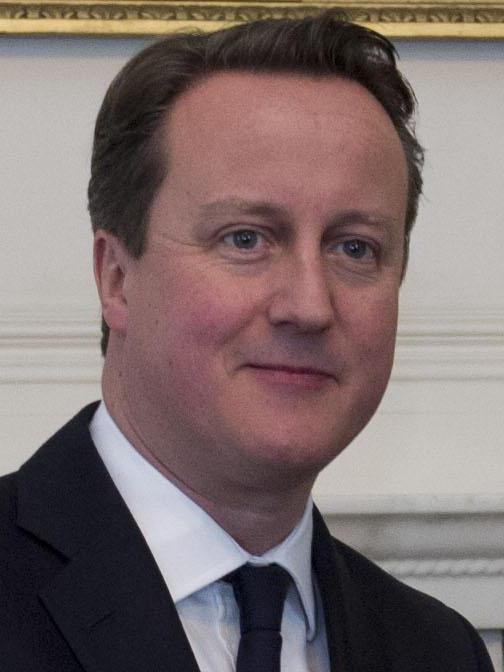
The monarch signs the laws adopted in parliament, but has practically no influence on the executive, legislative or judicial branches.
These are the main signs of a parliamentary monarchy.
Comparison with other forms of government
The parliamentary monarchy and the parliamentary republic have a lot in common. There is much more similar between them than between the first of them and other forms of monarchy.
The main feature that unites the parliamentary monarchy and the republic is that in both forms the source of legislative power is an elected parliament. He also forms the executive authority - the cabinet of ministers, headed by the prime minister. Parliament has the right to dissolve the government. For comparison: in absolute monarchy decisions on all appointments are made personally by the monarch. At presidential parliamentary republic the cabinet is appointed by the president, but subject to approval by parliament.
However, often a parliamentary monarchy also requires approval of a legislative decision to appoint a government as a monarch. But in most cases it is purely formal.
As we see, the absolute and parliamentary monarchy have few common points of contact, in addition to the fact that in both cases the main state is considered the monarch. But in the second case, he actually does not rule the country, but only reigns.
States with a parliamentary monarchy
Currently, many states of the world practice the use of such a form of government as a parliamentary monarchy. Countries with a similar device method are available in Europe, Asia, Australia and Oceania, North America and Africa.
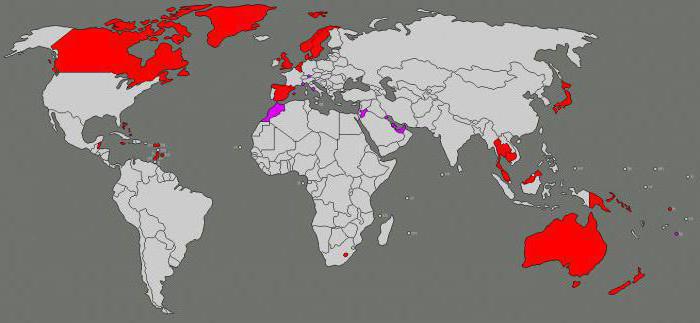
The most typical example of a state with a parliamentary monarchy is Great Britain.Currently, the Queen of this country is Elizabeth II. The name of her position has become a catchphrase, referring to a leader who actually does not manage anything. Although in relation to Elizabeth herself, this phraseology is only partially true. Although she does not interfere in political affairs, she nevertheless takes an active part in society. In addition to Great Britain, Elizabeth is considered the head of another 15 Commonwealth countries that were previously part of the British Empire, including Canada, Australia and New Zealand.
There are other European states of parliamentary monarchy. Among them are the Netherlands, Belgium, Spain, Denmark, Sweden, Norway, as well as some dwarf countries.
A similar form of government has a number of Asian states, namely Japan, Cambodia and Malaysia. Among African countries, Lesotho is the parliamentary monarchy.
The rise of parliamentarism
The path to parliamentary monarchy in most countries was long and complicated, it lay through the era of the Middle Ages and absolutism. The turn towards parliamentarism in some countries was relatively calm, while in others it was a consequence of bloody revolutions.
One of the oldest parliaments in the world is the legislature of Great Britain. True, he did not immediately receive the functions and rights that he now possesses, but acquired them in the long struggle against absolutism. Only after the end of this struggle could Britain be spoken of as a parliamentary monarchy.
The beginning of the action of the English parliament was associated with the reluctance of the feudal lords to endure the royal requisitions, which sought to increase revenues to the treasury at the expense of them. This, of course, did not like the representatives of the nobility, who repeatedly revolted. In 1215, they managed to get the king to sign the Magna Carta, which guaranteed a number of important rights to the feudal lords. In particular, the king could not prescribe new taxes without the consent of the special council, which became the prototype of the parliament.
In 1264, a new revolt of the nobility against the king began. The monarch was even captured and taken into custody. A council of nine major feudal lords was organized, which actually began to govern the country. To help this parliament, the head of the rebellion and the actual ruler of England, Simon de Montfort, gathered a parliament, which, in addition to knights and other feudal lords, included representatives of the higher clergy.
So, from 1265 the English parliament began to function, but it was still very far from a full-fledged parliamentary monarchy.
Further development
Later, the parliament convened mainly when the king needed to introduce new taxes to ensure the life of the state, waging wars, etc. Despite the fact that King Edward I defeated de Montfort, he understood that if he introduced taxes individually, without asking consent from representatives higher nobility, this will cause a new rebellion. Since 1295, he began to convene a parliament regularly.

Over time, the powers of parliament expanded more and more. Since 1322, its representatives began to discuss not only financial matters, but also questions of succession to the throne.
Due to the fact that new classes began to be adopted in parliament, it was divided into two chambers: Lords and communities. The House of Lords represented the highest clergy and feudal lords. They were called peers. Membership in the House of Lords was lifelong and inherited. Representatives to the House of Commons were elected from each county in a predetermined number. At first, mainly small knights could be elected, but then representatives of the nascent bourgeoisie also got access to parliament.
With the advent of the Tudor dynasty, royal power in England strengthened significantly, which meant a weakening of the influence of parliament on public affairs. The monarch was so strong that he could single-handedly take almost all decisions.Parliament was assigned primarily an advisory function. But at the same time, the king was in no hurry to take away the privileges that parliament had in previous centuries. In his actions, he relied on the House of Commons against a weakened aristocracy. The time has come for absolutism.
But, as history has shown, this weakening of the role of parliament was temporary.
Gain
After the end of the Tudor dynasty and the accession to the throne of the Stuarts, the role of parliament in the country increased significantly.
At first, the Stuarts tried to rule alone, significantly limiting the rights of parliamentarians. King Charles I even attempted to completely dissolve the legislature. But it was no longer possible to effectively manage the country and collect taxes without parliament.
In 1640, Charles, who needed money to regain control of Scotland, which had raised a rebellion, convened the so-called Long Parliament. It was decided that this body could not be dissolved by the king or another person. Dissolution was possible only with the consent of the parliamentarians themselves. They also abolished the House of Lords.
The king entered into an open confrontation with representatives of parliament, which eventually spilled over into the Civil War. During this confrontation, Karl was defeated and executed.
A republic was proclaimed in England, and one of the leaders of the revolution, Oliver Cromwell, who actually became a dictator, dissolved the parliament in 1653, but the next year was forced to convene a new one. However, this did not resolve the internal contradictions of the new system, and Cromwell several times dismissed and convened this body.
In 1660, after the death of Cromwell, the Stuart Restoration took place. Then the work of the House of Lords was again resumed.
Establishment of a parliamentary monarchy
Meanwhile, a new confrontation between the king of the Stuart dynasty and parliament. It was caused by the desire of the king to veto decisions of the legislature. This confrontation resulted in the so-called Glorious Revolution.
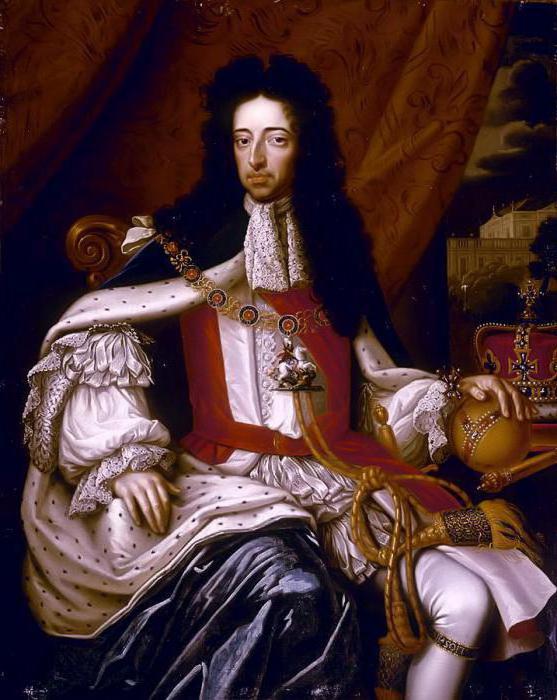
In 1688, the Stuart dynasty was again ousted, and William of Orange became the king, marrying the daughter of the previous ruler. A year later, the Bill of Rights was issued, which significantly expanded the powers of parliament. It is from him that the parliamentary monarchy in England counts. Now the king could not limit the laws adopted by this legislative body of the country.
In 1707, there was a final unification of England and Scotland into a state called Great Britain, which led to the creation of a common parliament. By the middle of the 18th century, the king’s role in government was minimized, suggesting that the parliamentary monarchy was fully formed. Almost unchanged, it exists in the UK until our time.
The current stage of parliamentarism
Currently, the parliamentary monarchy in the UK is a kind of standard for this form of government. The queen in this country practically does not interfere in politics, and the state is governed by a bicameral parliament consisting of the House of Lords and the House of Commons.
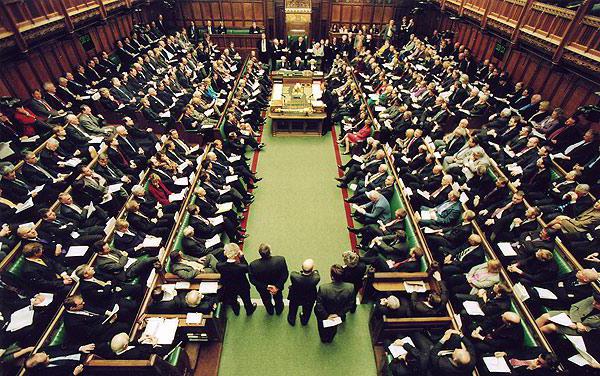
The right to be in the House of Lords is inherited, but the role of this part of parliament in governing the state is currently substantially limited.
Deputies to the House of Commons are elected by popular vote. It is the party that won the election that receives the right to form a government.
Parliamentary monarchy in other countries of the world
The formation of parliamentary monarchies in other countries of the world had its own nuances.
The forerunner of the modern parliament in France was the General States, first convened by the king in 1302. In 1791, after the bourgeois revolution, an attempt was made to create a constitutional parliamentary monarchy, but it crashed.There were several more successful attempts to follow this path of development, but in the end the people of France chose a republican form of government.
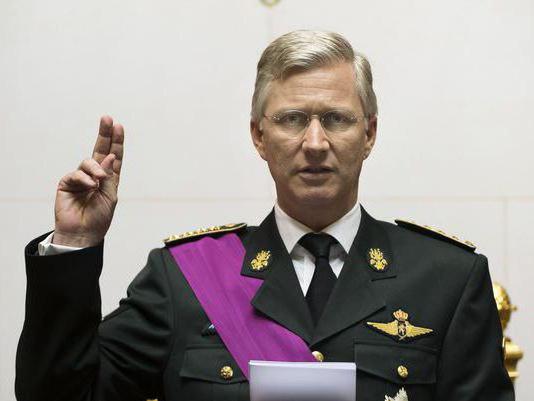
But far from always the establishment of a parliamentary monarchy was the result of war or revolution. Completely bloodless parliamentarism replaced absolutism in Sweden, Denmark, Norway and in many other countries of the world.
The Importance of the Parliamentary Monarchy
The parliamentary monarchy is a kind of compromise between the centuries-old traditions and a democratic form of development. Rather, this form of government helps to combine these seemingly incompatible things into one whole. The monarch continues to reign, but the main processes in the state are controlled by a democratically elected government.
This is precisely what explains the fact that the parliamentary monarchy as a form of government does not lose its relevance even today.
